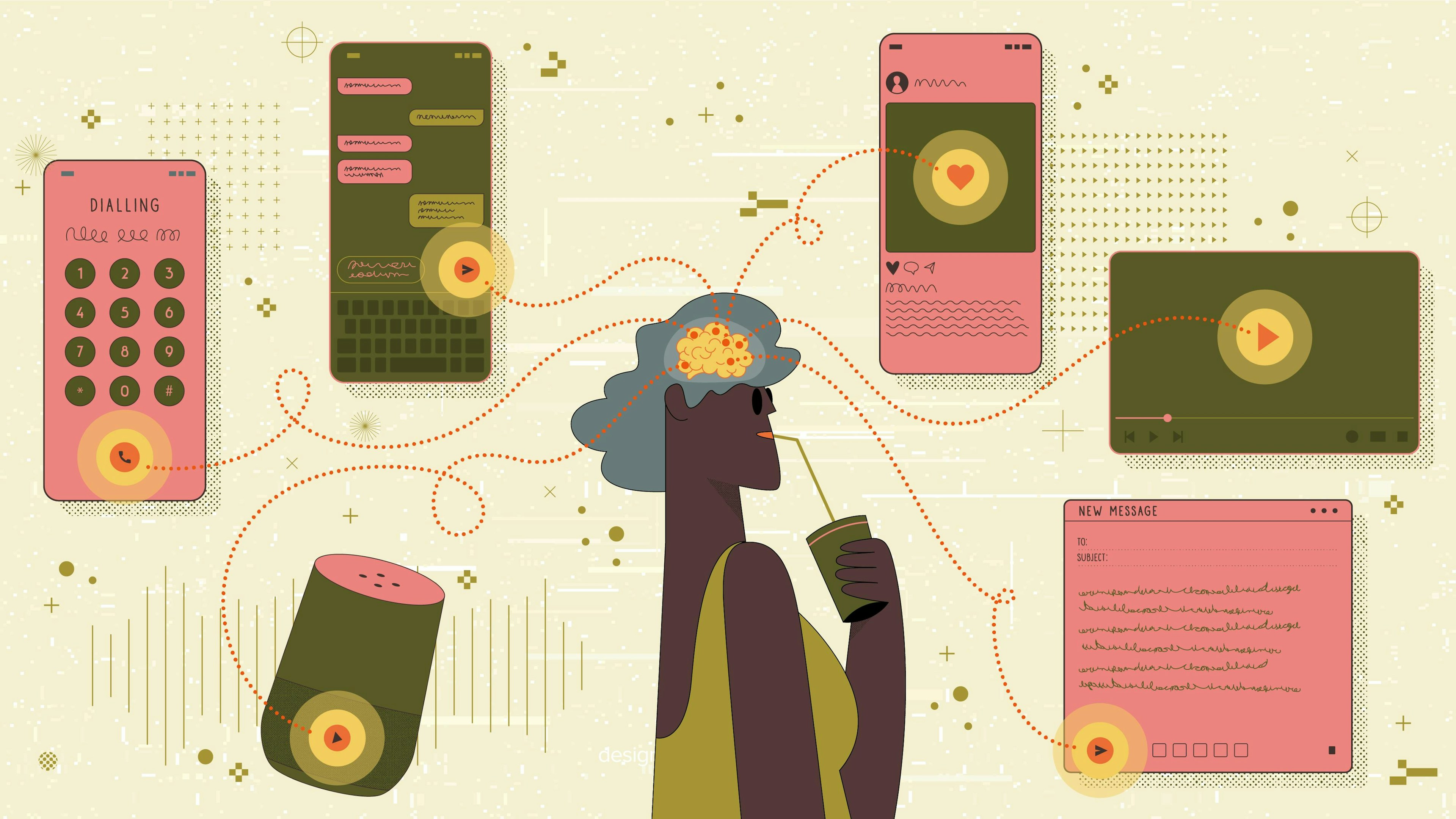Tech Briefing: Brain-computer interfaces

“Any sufficiently advanced technology is indistinguishable from magic.”
This Arthur C. Clarke quote is often thrown around to tout advancement in processing power or the latest iPhone feature. In reality, few technologies truly live up to feeling like magic. The Brain-Connected Interface (BCI) is one of them.
“Brain-Computer Interfaces” (BCIs) refers to any technology that enables meat-brain-to-silicon-brain communication. Early prototypes tested on animals emerged in the 1970s, but the technology has made incredible progress since the development of modern computing and machine learning. While the capacity to read brain waves existed in primitive forms for over a century, interpreting and understanding signals requires significant computing power.
For decades, BCI remained in the realm of medical science. The intrusive nature of early prototypes limited their uses; healthy individuals are unlikely to accept an experimental computer chip surgically implanted in their brains. But BCIs have enabled improvement in people who have lost limbs, helped sufferers of Parkinson’s disease regain dexterity, and stopped seizures.
Recent advances in Electroencephalography (EEG), or electrodes placed on the head, enable scientists to capture brain signals using a headband-like device that requires no surgery. Non-invasive BCIs open a world of possibility: imagine controlling physical and digital environments with your thoughts. The use cases are infinite: Think of a song, and it’ll play on your smart speaker. Use your computer without a mouse or keyboard. Silently text a friend. Call emergency services, drive an electric wheelchair, or “like” a photo on Instagram. BCI technology is already capable of this and so much more.
Big tech has noted the potential of the technology to access our thoughts, maybe our last bastion of privacy. Facebook has had a BCI program since 2017. Neuralink bets that users would be willing to get elective surgery, conducted by a robot, to implant electrodes in their skulls. Current wireless implementations often require intense focus to function with high fidelity, though recent software advances are starting to overcome this limitation. It is likely that by the time Neuralink reaches the market, non-invasive BCIs will match its capacity.
The ethical concerns are obvious. Do you want to give Facebook the ability to read your thoughts? Also, would we learn to censor ourselves, or modify our thoughts to support language computers can understand?
Overall trends
The following insights are powered by L'Atelier's technology intelligence engine, which analyses BCI trends across multiple data sources. We note a constant upward trend in academic publications since 2015, reaching 50.000 academic papers in 2020. Investment is growing overall, peaking around 2018, with nearly $120M invested in start-ups that describe the technology as one of their core functions.
A recent $205M investment in brain-chip company Neuralink signals strong investor confidence in the growth of the technology. In addition to financial influx, the US FDA approved human trials for Neuralink competitor Synchron, bringing the technology one step closer to the mainstream.
Top research institutions
Harvard University tops the ranking of institutions with the most publications related to BCI, with almost 1900 academic papers published since 2015, followed by University College London, the University of Toronto Canada, Stanford University and the University of Oxford.
Top research funders
Research is funded mostly by government grants, the largest being the National Natural Science foundation of China and the European Commission. Universities also fund a significant number of research papers, with Harvard University topping the list, followed by the Heinrich Heine University in Düsseldorf.
The average grant funding amount is around $1 million. US government funding helped invent BCIs, and continues to support innovation to this day. This investment, coupled with a strong performance by universities, makes the US the single-largest source of funding, with its academic institutions financing or generating over one-third of all papers published since 2015.
Top patent holders
Research and development in BCIs is driven and funded by the medical field. Eight of the top 10 investors in research and development are institutes related to bio-medicine. The US again dominates by number of patents owned, capturing nearly half of the nearly 200.000 patents issued since 2015. China comes second, holding around 35.000 patents. The largest patent-holders are Microsoft and Samsung. Manufacturers of medical devices—Boston Scientific, Medtronic, and Philips—follow closely.
Tech Briefings is a regular L’Atelier Insights feature that breaks down the promise (and/or reality) of a given technology or group of technologies. This includes funding sources, current research, and current and future implementations, sourced from our internal intelligence tools.
30 Jul 2021
-
Giorgio Tarraf
Illustrations by Debarpan Das.
DATA-DRIVEN TECH & SOCIAL TRENDS. DISCOVERED WEEKLY. DELIVERED TO YOUR INBOX.
02/03
Related Insights
03/03
L’Atelier is a data intelligence company based in Paris.
We use advanced machine learning and generative AI to identify emerging technologies and analyse their impact on countries, companies, and capital.


